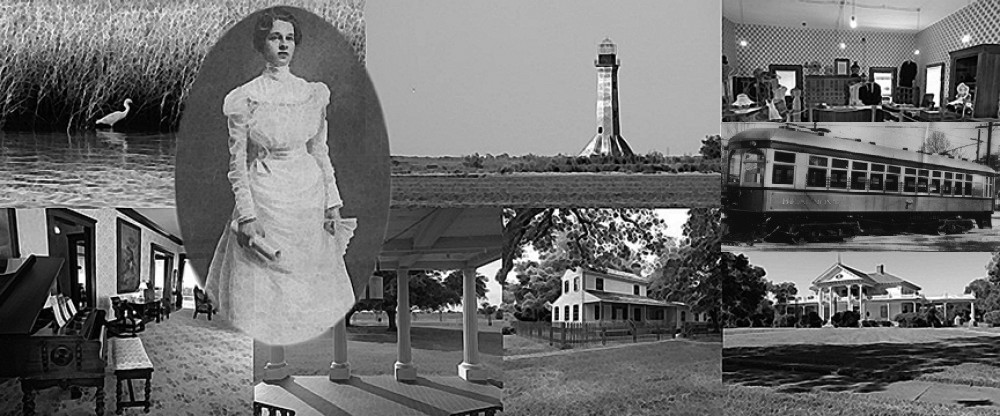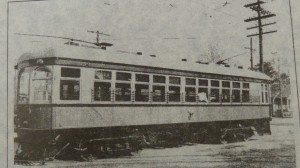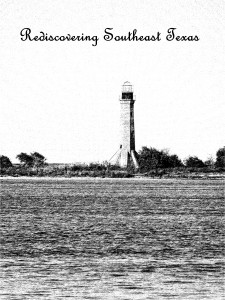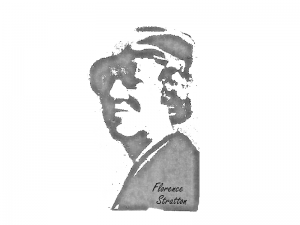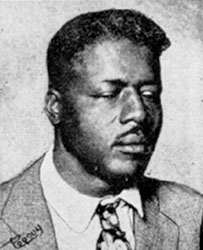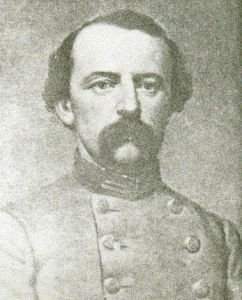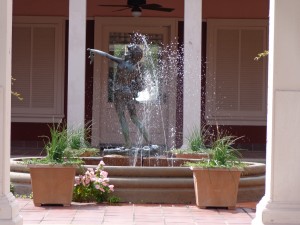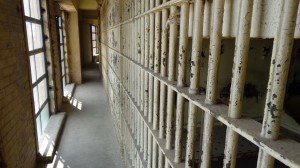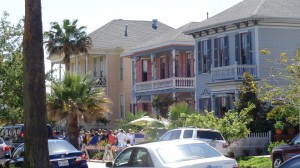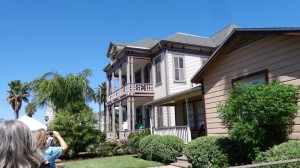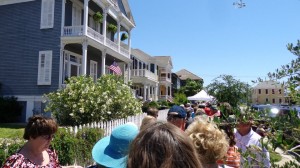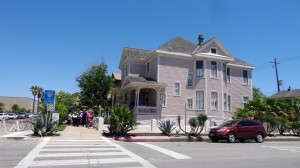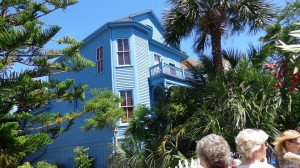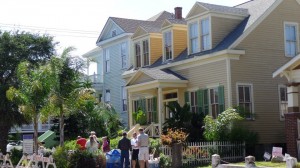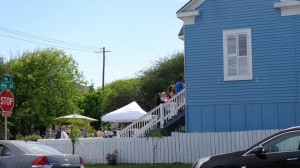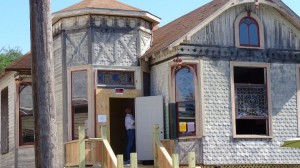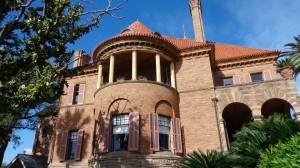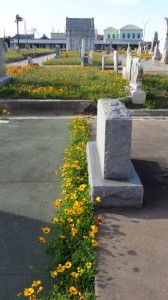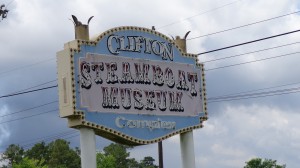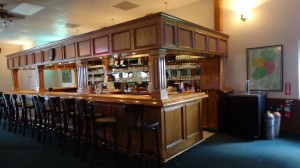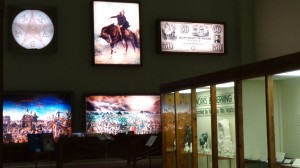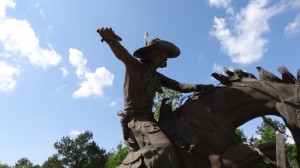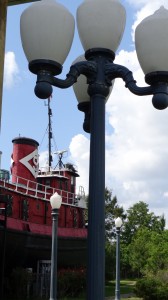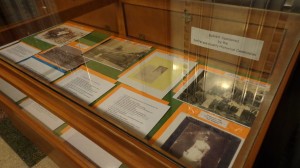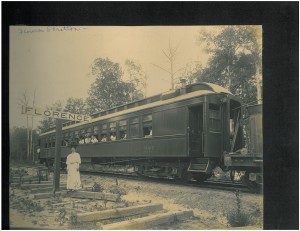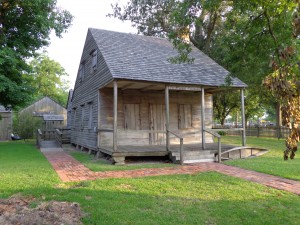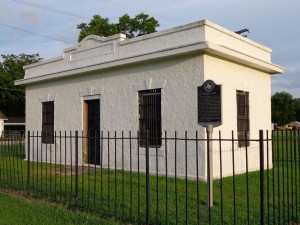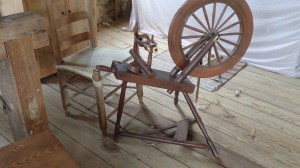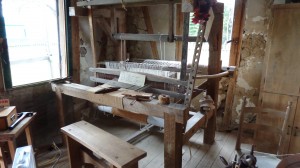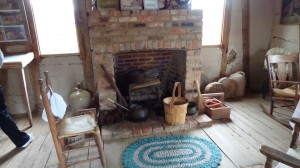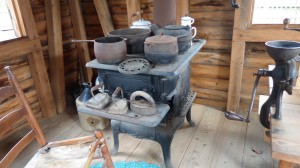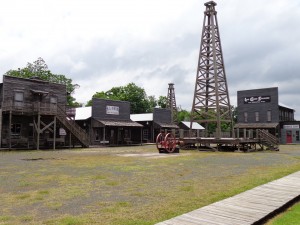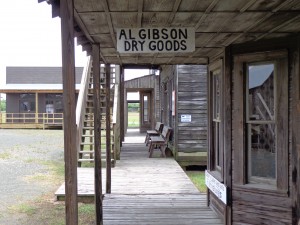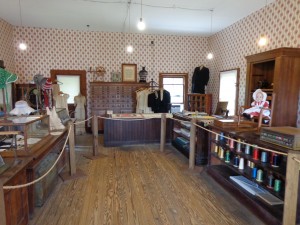While browsing through old files of newspaper articles and photos at the Jefferson County Historical Commission I noticed the repeated mention of a train that travelled between Beaumont and Port Arthur. This is not unexpected since Port Arthur’s existence is owed to Arthur Stilwell’s dream of building a railroad between Kansas City and the Gulf coast. In fact, railroads were in place in this area even before the Civil War, but this particular railroad was different. And that is where our journey begins.
In the early 1900s, both Port Arthur and Beaumont were thriving. Oil had surpassed cattle and lumber as the major export of SETX, and many people had come here at the turn of the century to earn a better living. A burgeoning industry as well as a growing population had given rise to the need for transportation between the two cities, and in 1913, Jefferson County residents received a gem. 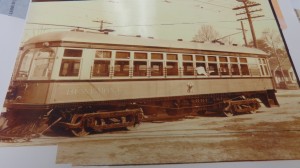
Electric Interurban Railways had slowly been creeping into existence around the turn of the century, and in November of 1911, SETX would also benefit from this thanks to a Boston engineering company called the Stone and Webster Corporation (SWC). The SWC purchased the Beaumont Ice, Light, and Refrigeration Company, which later became the Beaumont Electric Light and Power Company, along with the Port Arthur Water Company, which became Port Arthur Power and Light Company, a year later. Both companies would be under the control of the Eastern Texas Electric Company (of Maine), a holding Company formed by the SWC.
In July of 1913, the SWC purchased the Beaumont Traction Company, thus acquiring 12 miles of track, the overhead electric lines, 20 passenger cars, and a car barn. This, along with the formation of the Jefferson County Traction Company, laid the groundwork for a rail system between Beaumont and Port Arthur. Acquiring the right of way through the county was a simple task since most of the landowners and farmers welcomed the idea of easy transportation to and from the cities. Most gave the required land away or sold it for a mere dollar.
The Interurban made its debut on December 15, 1913, much to the delight of the many local residents who would make use of its services rather than travel by horseback or wagon. The train would make 19 trips per day with an early start of 5:45 am and a midnight finish. Tickets cost 90 cents for a roundtrip or 50 cents one way and were prorated for the 10 stops between the two cities. Stops along the way included South Park, Spindletop, Nederland, Rice Farm, and Griffing/ Pear Ridge.
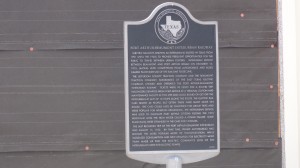 Certainly the railway was a great asset to Jefferson County during its run, and in 1915, it aided the fleeing residents of Port Arthur during a hurricane until a power outage stranded the train. Some passengers rode out the storm, spending a total of 12 hours in the rail cars.
Certainly the railway was a great asset to Jefferson County during its run, and in 1915, it aided the fleeing residents of Port Arthur during a hurricane until a power outage stranded the train. Some passengers rode out the storm, spending a total of 12 hours in the rail cars.
The Interurban and the elements collided at other times, too. In the Beaumont Enterprise dated December 21st, 1924, it was reported that an ice storm hit the area damaging some of the electric lines and leaving the street car service at a standstill until workers could repair the lines.
Finally in August of 1932, the Interurban railway made its final departure, ending 19 years of service. Although it had survived hurricanes, ice storms, and other element-related hardships, it could not survive progress. By the 1930s, private ownership of cars, and a bus system ultimately shutdown the need for a passenger railway between Beaumont and Port Arthur.
Sources: J.W. McManus, Handbook of Texas Online, Beaumont Enterprise (1924), and the Jefferson County Historical Commission.
